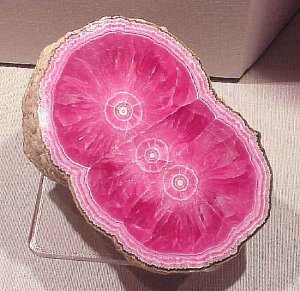ma re
Ideal_Rock
- Joined
- Aug 10, 2008
- Messages
- 2,698
Keep in mind that emeralds and aquamarines are also beryls, as well as bixbites and all those stones can be pricey. The same goes for natural pink and imperial topaz. Zircons (except blue) are quite affordable and often come in large sizes. You could also find a not too expensive hessonite garnet, as well as rhodolite (but not top colors of rhodlite). Of those I mentioned you forgot to list iolite, peridot, fire opal - I mentioned some other but they don''t come in very large sizes. I believe some colors of tourmaline could also be found large and inexpensive, like some green and pink ones.




300x240.png)